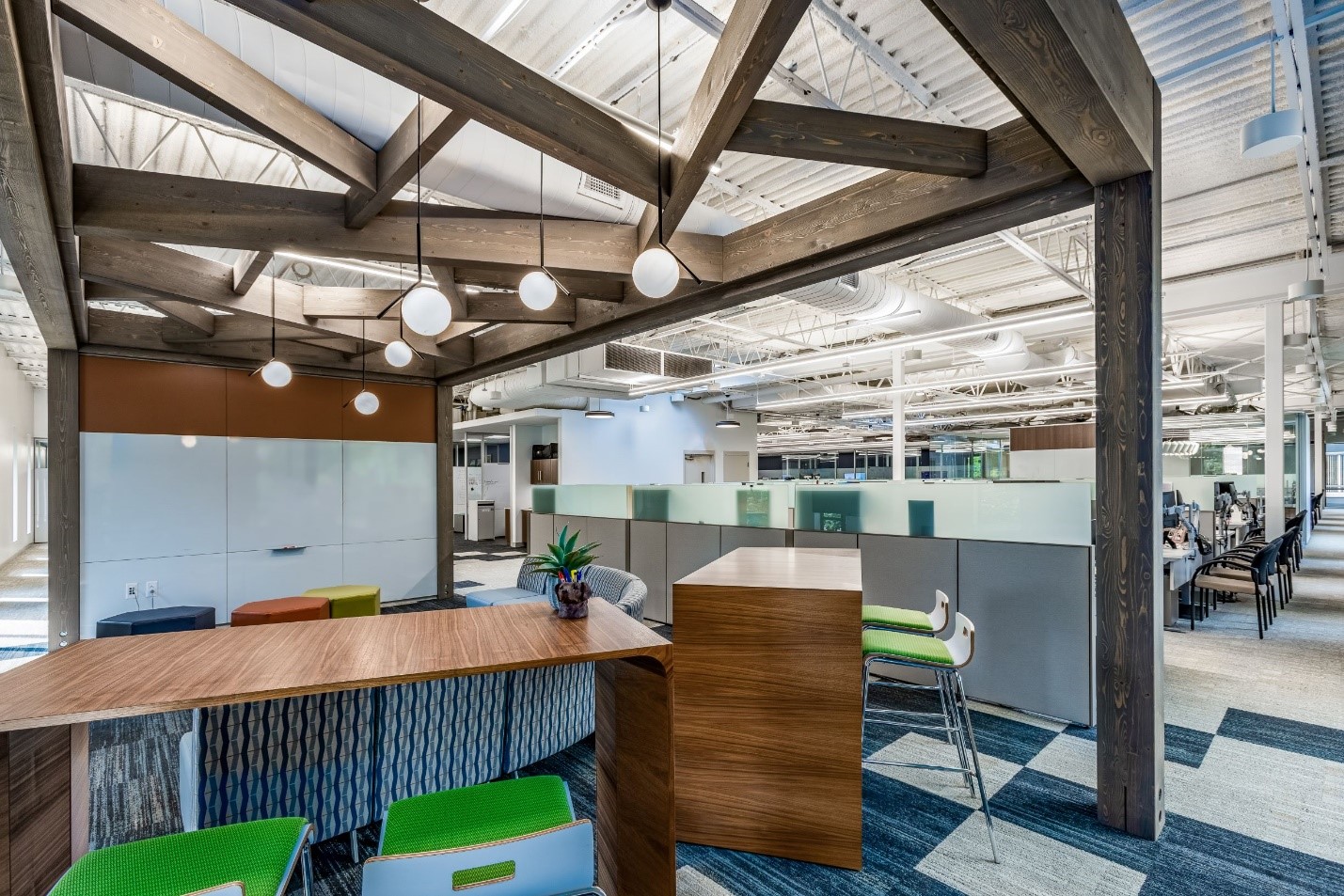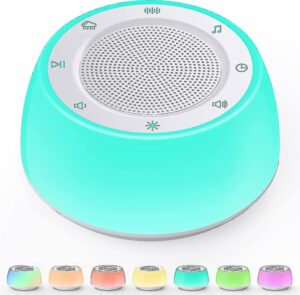Business
Implementing a White Noise System for Office Environments

Office and business managers face a lot of challenges. One of them is maintaining a productive work environment for staff. This is because excessive distractions often disturb concentration.
To solve this problem, many businesses are now turning to white noise systems. In this article, we shall consider what these systems are and the best practices for implementing them. We shall also look at tips for effectively managing and maintaining them.
What is a White Noise System?
The term “white noise” is derived from white light, a combination of all the colours in the visible spectrum. It is a technology that is deployed to create a consistent and soothing sound that blends with the noise in the environment. Interestingly, an online dictionary defines it with a comparative reference to other noise types. You can see this definition here: https://www.dictionary.com/browse/white-noise.
This white noise is amplified at a constant frequency across equal energy levels. It also has no discernible structure or pattern.
What is White Noise Used for?
White sound has a very wide spectrum of applications in different fields. Some of these include the following:
Acoustics
It is used for sound masking or to block undesirable sound in an acoustic environment. This acoustic application occurs in offices, hospitals, and other areas where privacy is of primary concern.
Audio Engineering
White noise is used for calibration and testing purposes in audio engineering. It is used to detect potential problems in audio systems, check frequency responses, and perform other assessment checks on audio systems.
Medical Institutions
Medically, it is used in sleep therapy and relaxation techniques. Medical institutions have noticed that it helps patients fall asleep faster and also improves the quality of sleep.
Experimental Purposes
Research and scientific organizations use white noise for experimental purposes. It is commonly used in areas like neuroscience, psychology, and psychoacoustics research.
Best Practices for Implementing a White Noise System in an Organization
Owing to the increasing need for these systems in organizations, we shall explore in this section, some best practices before and after their procurement.
Assess the Business or Office Environment
You’ll need to check out the office environment to know exactly what is causing the noise. This will help you determine the exact type of solution to adopt. The source of the disruptive sound may be open office layouts without insulation, construction work, or nearby traffic. By identifying the exact source, countering it with the right solution becomes easier.
Select the Right Type of White Noise System
Definitely, different types and models of sound machines exist. The choice of an office white noise system will depend on several factors. These will include the size of the office, the number of workers per unit area, and the layout pattern in the organization.
For a small workspace, standalone machines may be okay. However, larger office areas may require integrated sound masking solutions to circulate it evenly throughout the space.
The Placement of the Sound Machine Matters
The correct placement of the unit(s) in the office is vital for maximum effectiveness. You should try out different positions in your office to find out the optimal placement for it. Generally, it is not advisable to place them near entrances or traffic-prone areas within the office space, as it might affect the uniform distribution of sound.
Know the Noise-types that Distract Your Staff
Like we stated earlier, knowing the type and source of noise you’re dealing with is crucial. Different business environments will have their unique peculiarities. To help you make the right choice, you need to consider your employees’ preferences.
Do a survey or have an informal discussion with them and get feedback on the volume and type of sound that they consider soothing or otherwise. In some cases, you may need to run some trials to get the best settings.
System Testing and Adjustments
When the machine has been installed, it should be tested to ensure optimum functionality. Also, walk around to monitor the effectiveness of the system with particular attention to areas previously affected by excessive noise. Make the necessary adjustments, which may include fine-tuning the volume or even repositioning the machine.
Engage in Regular Maintenance and System Evaluation
Every system is susceptible to breakdown. To avoid this and ensure it continues to function optimally, establish a regular maintenance routine. Cleaning, removing debris, and carrying out other servicing activities that will enhance the device’s performance will be appropriate. Periodically evaluate its performance, assess the level of satisfaction it provides, and make the necessary adjustments to achieve overall effectiveness.
Employees’ White Noise Education is Critical
Suddenly introducing a sound system into the organization may be met with skepticism. Educate the workers who may be unfamiliar with its benefits and address any concerns or misconceptions they might have. Educating them further on occupational noise may prove helpful. You can check here for some helpful information on the subject. Get them to understand the system’s ability in helping them to focus, reduce distractions and increase privacy.
Encourage or Implement other Soundproofing Measures
Other soundproofing measures will further help minimize noise, especially in workplaces with highly disruptive sounds. Encourage staff to use headphones when working on jobs that require high concentration. Furthermore, you may consider installing sound-absorbent panels or curtains in areas where sound penetration is high.
Simple Tips for Effectively Managing and Maintaining White Noise System
The long-term proper management, maintenance, and effectiveness of your system is important. Here are some simple tips to help:
Test the System Regularly
Do a periodic test of the machine to ensure its functioning optimally. Walk around the office space to monitor the noise level, identify any issues, and make any necessary adjustments.
Clean, Dust, and Do Filter Replacement
Like any other office equipment, it should be gently cleaned regularly. The filters if dirty, can affect the system’s ability to produce a consistent, clear sound. Inspect them periodically and change them if necessary. You’ll find the manufacturer’s recommendation helpful in this case.
Schedule Professional Servicing
White sound systems are complex machines that require expert examination at scheduled times. Engage them for such servicing checks as much as possible.
Do System Updates when they’re Released
Manufacturers periodically release updates and new features that can enhance your system’s performance. Stay informed on white sound technology and apply the updates that are released from time to time to optimize your device’s performance.
Ensure Proper Documentation and Records
This practice will help you track any recurring issues, history, and patterns in the system. It also facilitates troubleshooting if problems arise.
Conclusion
White noise system creates a constant soothing sound that blends with balanced smoothness to other environmental noise. It has a wide range of applications that include sound masking, sleep therapy, acoustics, audio engineering, and scientific research. By implementing such steps as assessing the office area, proper system placement, testing, and adjustment, the work environment for employees can be significantly improved.
Moreover, any soundproofing measures that help you stay productive in a loud workplace are encouraged. For more clarity on this, see: https://www.businessnewsdaily.com/. Apart from the distractions that the sound machine reduces, it also contributes to increased productivity and overall staff well-being.
With the observance of the tips provided in this article, companies and business owners alike can effectively manage and maintain white noise systems. In the end, these practices will result in creating a serene and conducive workplace necessary for staff satisfaction and optimal performance.
-
Blog1 year ago
MyCSULB: Login to CSULB Student and Employee Portal – MyCSULB 2023
-
Android App3 years ago
Cqatest App What is It
-
Android1 year ago
What Is content://com.android.browser.home/ All About in 2023? Set Up content com android browser home
-
Software2 years ago
A Guide For Better Cybersecurity & Data Protection For Your Devices
-
Latest News2 years ago
Soap2day Similar Sites And Alternatives To Watch Free Movies
-
Android2 years ago
What is OMACP And How To Remove It? Easy Guide OMACP 2022
-
Android3 years ago
What is org.codeaurora.snapcam?
-
Business2 years ago
Know Your Business (KYB) Process – Critical Component For Partnerships






















